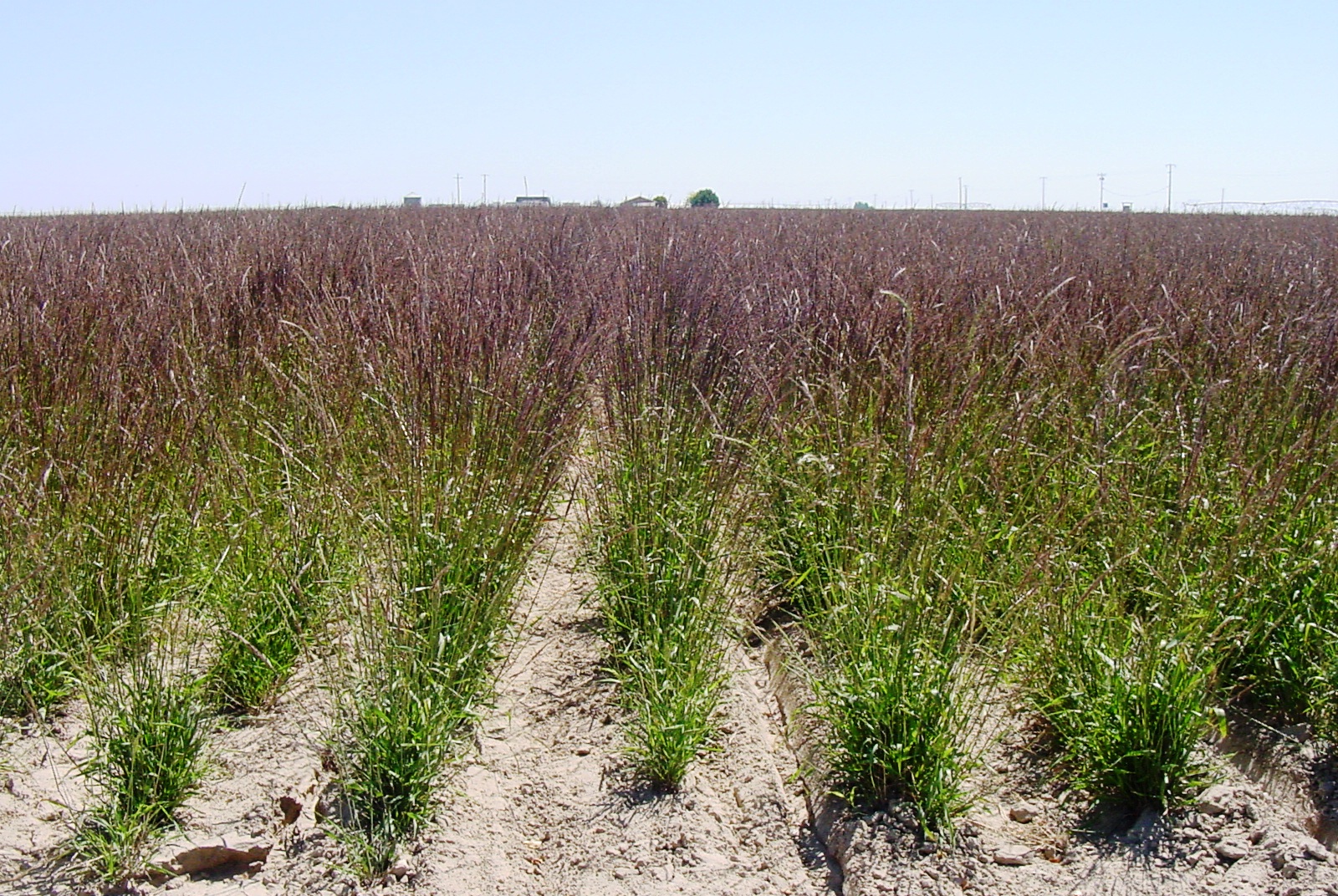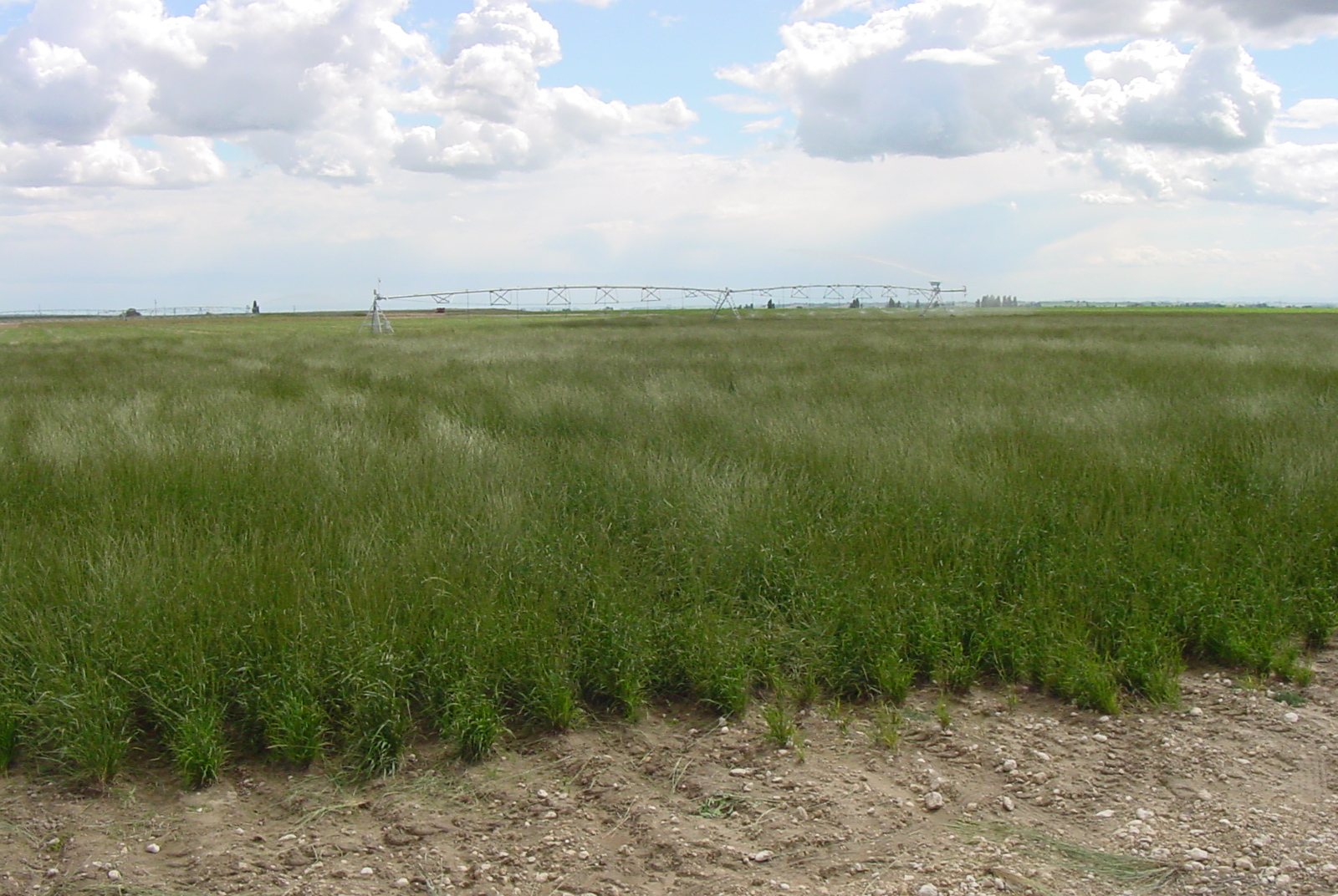Elymus glaucus (Blue wildrye)
Cool season, tufted, perennial bunchgrass which is highly desirable for use in erosion control seedings. Commonly found thriving in moist meadows, woodlands or forests at mid elevations throughout its range. Shade tolerant. Attractive, blue green foliage adds value to commercial landscaping projects where slope or site stabilization is needed. Short-lived but readily reseeds itself. Varieties listed below.
DISTRIBUTION / ADAPTATION
INFORMATION & ATTRIBUTES
Family: Poaceae
Duration: Perennial, long lived
Growth Habit: Graminoid
Native Status: Native
Season: Cool
Growth Form: Bunchgrass
Mature Height: 39 in.
Annual Precipitation: 16+ in.
Drought Tolerance: High
Shade Tolerance: Tolerant
Elevation:
Fire Resistance:
Fire Tolerance:
SOIL ADAPTATION
Coarse Texture: Yes
Medium Texture: Yes
Fine Texture: Yes
Salinity Tolerance: Medium
CaCO3 Tolerance: High
pH Range: 5.8-8.5
SEEDING NOTES
Seeds per Pound: 134,000
Seeding Rate: 1 PLS lbs/acre
Season: Fall
Days to Germination:
VARIETIES & LOCAL ACCESSIONS
Arlington - Excellent seed vigor and seed yield with higher disease tolerance. Use for quick establishing, long-term cover. (Released 1995)
Elkton - Slightly taller in stem height and more persistent than Arlington; initiates spring regrowth and seed maturity earlier. Excellent forage biomass producer. Use for quick establishing, long-term cover. (Released 1997)
Union Flat - Collected from the Palouse Hills region at an elevation 1,800 ft. Rapid emergence and growth rate. Better seed producer than other cultivars. (Released 2008)
White Pass - Collected in the Cascade Mountains at an elevation of 4,440 ft. Intended for critical area stabilization and upland wildlife habitat plantings. Rapid emergence, large basal size and high biomass production. (Released 2010)




